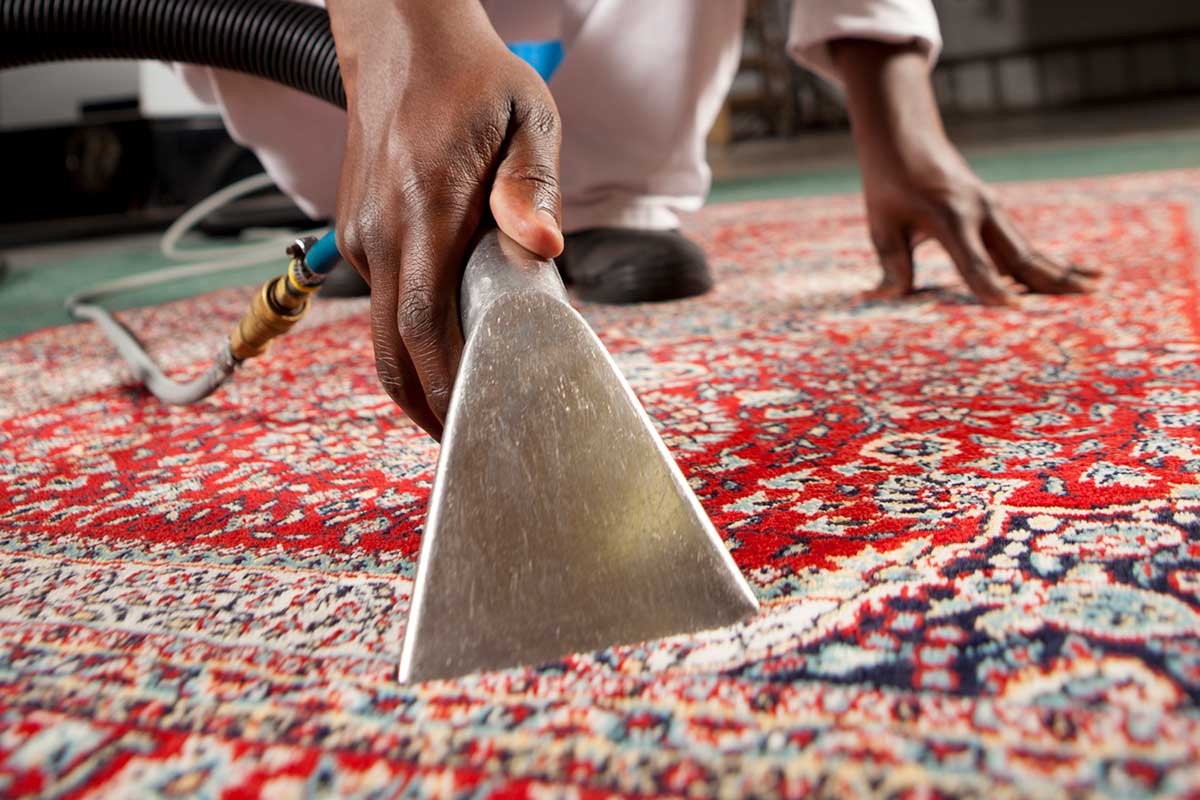The Scientific Principles Of Rug Care: The Way It Functions

Carpets are often among the key investments in our homes, adding warmth and comfort while enhancing the overall look. However, maintaining clean and fresh carpets can be a challenge, particularly with the frequent wear they face. Grasping the science behind carpet cleaning is important for maintaining clean floors and ensuring the lifespan of your carpets. In this resource, we will explore the different methods, tips, and tricks that can help you get a more hygienic, cleaner home environment.
From determining how frequently to clean your carpets to looking at the advantages and disadvantages of DIY and professional cleaning, we will look into the best methods to keep your floors looking their best. With insider knowledge on common cleaning mistakes, effective methods for removing stains, and eco-friendly solutions, this extensive approach will prepare you with the knowledge necessary to manage carpet maintenance and create a clean living space for you and your family. Whether you're dealing with persistent pet odors or anticipating the holiday seasons, we've got you covered with hands-on tips and solutions.
Expert Advice on Carpet Cleaning Intervals
Determining how frequently to maintain your rugs is crucial for maintaining their appearance and extending their durability. Specialists recommend cleaning busy areas at least six to 12 months, as these locations accumulate dirt and grime faster than others. In homes with children, pets, or allergy sufferers, an increased frequency of cleaning may be required to maintain a clean indoor space. Stains, smells, and visible dirt can be signs that it’s time to give your floor coverings extra attention.
In parallel to regular cleaning, consider periodic deep cleans. The spring season is an ideal time to tackle the effects of winter weather and allergens that have settled into your rugs over the winter months. Similarly, preparing for summer can involve a thorough clean to remove dust and debris that build up when openings are open. Routine cleaning helps to keep carpets looking new and can prevent the requirement for costlier cleaning processes down the line.
For commercial spaces, the maintenance frequency might vary based on foot traffic. High-traffic areas in lodges or offices should be cleaned every 3 months or even monthly, depending on usage. It’s vital to develop a maintenance routine customized to the individual needs of your home or business to keep floor coverings looking their best and to enhance the overall air quality of the space.
Comparing Carpet Cleaning Methods
When it comes to carpet cleaning, there are several techniques to consider, each with its own benefits and drawbacks. The two most widely-used methods are steam cleaning and dry cleaning. Steam cleaning, or hot water extraction, employs hot water and a cleaning solution that infiltrates the carpet fibers to loosen dirt and grime, followed by suctioning the mixture out. This method is known for its effectiveness in get rid of allergens, bacteria, and spots, making it a preferred choice for deep cleaning sessions, especially in households with pets or allergy sufferers.
On the other hand, dry cleaning makes use of specialized cleaning solvents and minimal moisture to clean carpets. This method is quicker than steam cleaning since carpets are dried faster, allowing for immediate use. It is ideal for maintenance cleaning and is often recommended for sensitive carpets that may be damaged by water. While it may not provide the same level of thorough cleaning as steam cleaning, dry cleaning effectively removes surface dirt and can enhance the appearance of carpets.
Ultimately, the choice between steam and dry cleaning depends on your individual needs and the condition of your carpets. For a thorough clean, especially if confronted by tough stains or heavy foot traffic, steam cleaning is likely the best option. However, for consistent maintenance or when quick results are needed, dry cleaning is a suitable alternative. Take into account your carpet type, cleaning frequency, and any specific challenges when determining which method fits your home best.
Typical Pitfalls to Sidestep
One frequent mistake many people make is waiting too long between cleanings. Rugs can collect dirt, dust, and allergens over time, making it essential to establish a regular maintenance schedule. Neglecting this can lead to more persistent stains and odors that become increasingly hard to remove. Aim to clean your carpets every six to twelve months, based on foot traffic and lifestyle factors.
Another common mistake is using the inappropriate cleaning products or methods. Not all rugs are made equal, and using strong chemicals can damage fibers or lead to discoloration. Always check your carpet's care instructions and consider opting for eco-friendly or safe solutions to protect both your rugs and indoor air quality. Additionally, ineffective handling of stain removal can disperse the stain further instead of eliminating it.

Lastly, many overlook the significance of thorough vacuuming before any maintenance procedure. Neglecting to remove loose debris and dirt can obstruct the success of the washing process. Take the time to vacuum your rugs thoroughly to ensure that the cleaning solution can reach deeper into the fibers. carpet cleaning queen creek will make a significant difference in the results you achieve after cleaning.
